WantedDesign is a dynamic connector and amplifier for global design, fostering creative synergy and serving as a pivotal crossroad for the international design community across Latin America, North America, and Europe.
Q&A with Winner of Sustainable Solution Award 2020: Sara Howard for Circular Ceramics
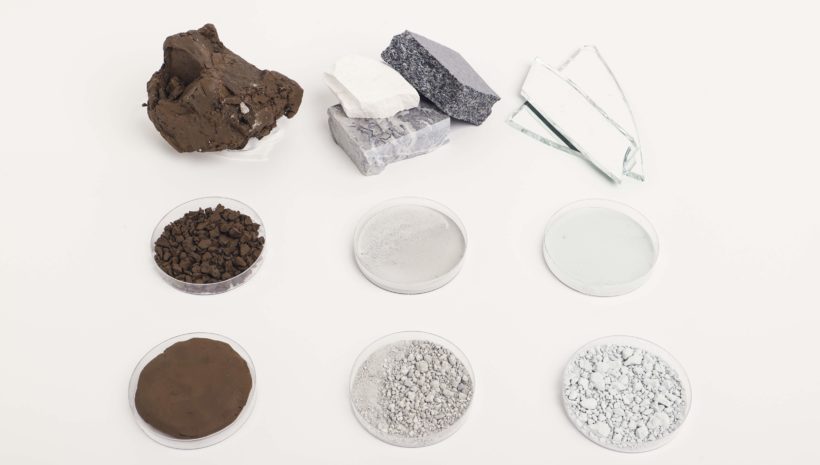
Q&A with Winner of Sustainable Solution Award 2020: Sara Howard for Circular Ceramics
WantedDesign’s Sustainable Solution Award for 2020 went to Sara Howard of Central Saint Martins (UK) for her project Circular Ceramics, a tableware collection made entirely from glass, stone, construction and ceramic. We interviewed the winners of the Conscious Design Awards to learn more about their projects, their design interests and why the notion of “conscious design” is important to them.
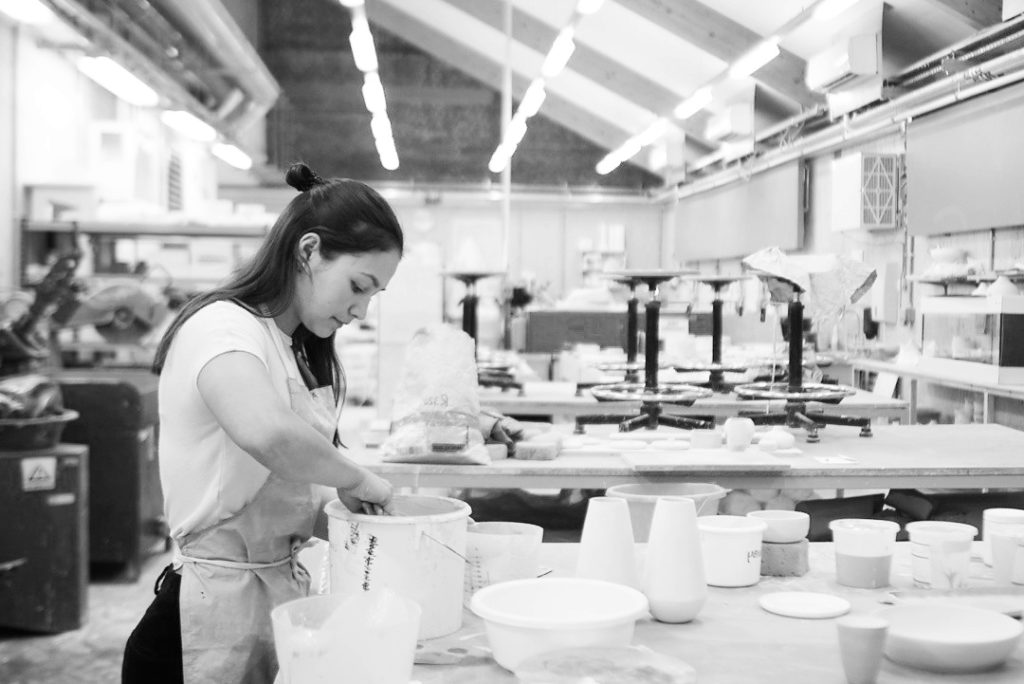
Julia, tell us a bit about you, your school, and your area of study.
I am a ceramic designer and materials researcher, born and raised in London where I chose to continue to study, at Central Saint Martins. My practice involves constantly exploring methods to make global mass production more ecological.
Aware of the significant environmental damage that industrial mass production is responsible for, I believe it is vital to make immediate changes to our current linear economic models, which are draining the Earth of finite raw materials and producing excess landfill. Due to efficiency, many industries work independently at the expense of our fragile ecologies. Designers are linked to all these sectors and therefore I feel responsible to connect and build the parameters for these businesses to collaborate with each other to collectively minimize the effects of mass production.
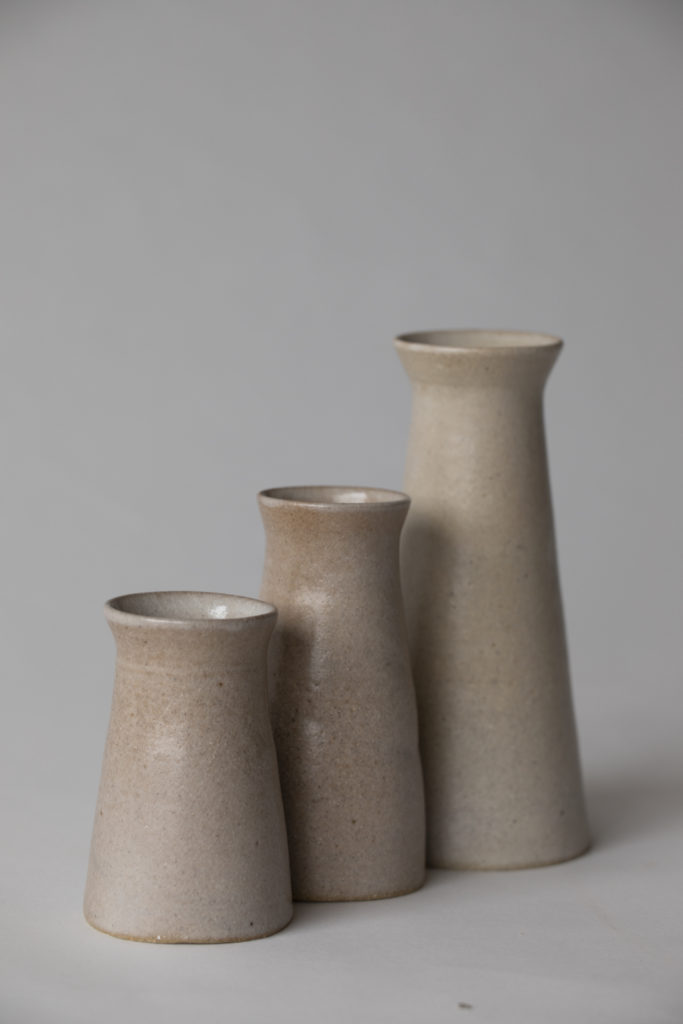
Tell us about the project you presented at WantedDesign Brooklyn.
‘Circular Ceramics’ is a tableware collection made entirely from glass, stone, construction and ceramic industrial waste that would have otherwise been sent to landfill. It also includes a book which outlines the methods of identifying, reclaiming and substituting industrial waste for all scales of ceramic production.
‘For every ton of clay quarried, nine tons of waste is produced.’ Our current linear economic model is exploiting Earth’s finite raw materials and producing excessive industrial waste. By building relationships between multiple industries, there is the opportunity for waste by-products from production to replace the raw materials in another, forming an industrial symbiosis. This circular method of production reduces the demand for non-renewable natural resources and diverts waste away from landfill.
In this project, I initially set out to design a circular economy within the manufacturing of ceramics. In doing so, I came across many challenges with the multiple chemical compound changes that take place throughout the process. In response, I began exploring external industries that consume the same raw materials and examined their waste management models to identify the by-products that were currently being sent to landfill.
With extensive research and experimentation I began to build an industrial symbiosis around the ceramics industry, whereby waste by-products from external industries were replacing the raw materials in ceramic production. Thus, diverting waste away from landfill and reducing the consumption of raw materials.
I am currently working with small scale ceramicists to reclaim industrial waste for their ceramic production, with the ultimate goal being to work with mass producers to preserve the Earth’s increasingly fragile ecologies.
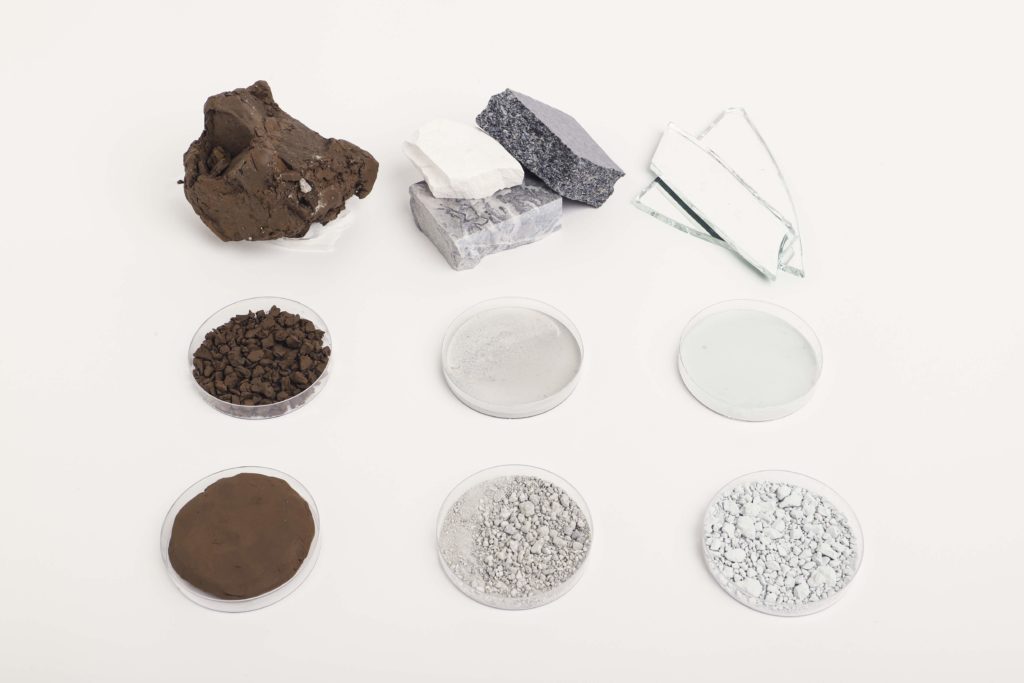
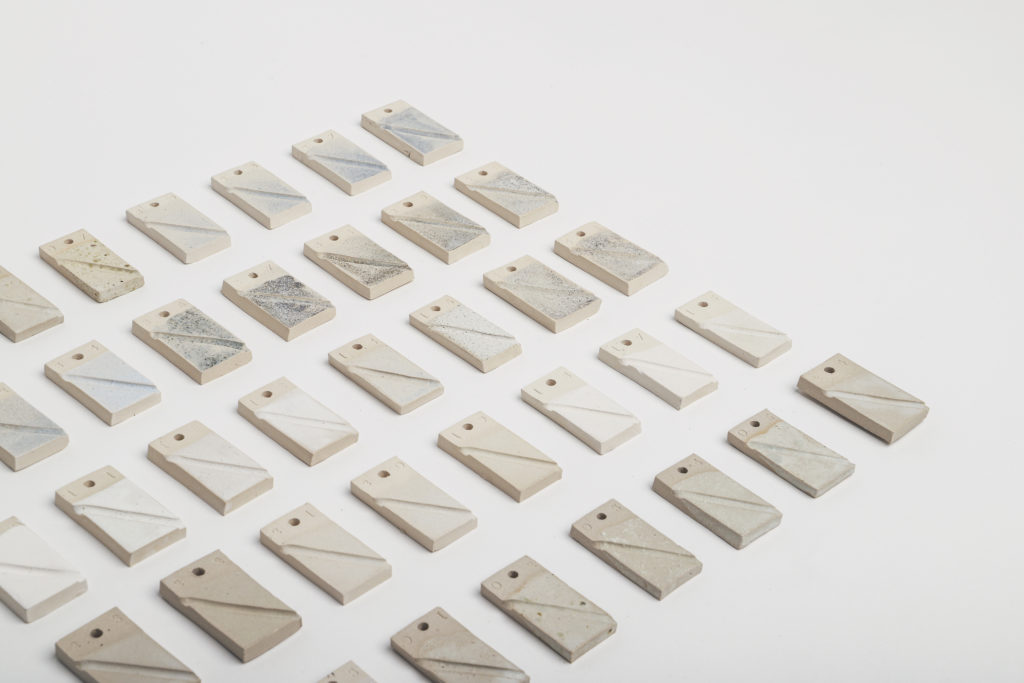

Why do you think your project specially appealed to the Jury?
The number of years we have left to extract valuable materials from the ground is a worrying prospect for industries; Copper 49, Tin and Zinc 28 and Silver 17 years. With scarcity comes a volatility in price, putting industries at great risk in the future. I feel the jury recognized the urgency to make dramatic changes on a mass scale, that can have both ecological and economic gains. The ability to apply the methods of reclaiming waste for ceramic production at all scales, from studio potter to mass manufacturer, is also an attractive prospect as the craft industry continues to grow.
How would you like the project to evolve and potentially be implemented?
I would love to see independent ceramicists adopt these methods of reclaiming industrial waste, forming symbiotic relationships within their community. This would act as a proof of concept to mass producers who may be more hesitant to adopt these material substitutions. Going forward, I would love to work with ceramic companies across the world, examining their waste streams and the resources around them to help them adopt a more ecological practice.
How do you and your project relate to the notion of “conscious and responsible design”?
In the forming of the industrial symbiosis, my project has addressed the issues of finite raw materials, mining and industrial waste. By building these relationships between manufacturers that have both ecological and financial gains, all parties benefit from one another and more importantly so does the environment. The methods I have provided can also be built upon and adapted to suit individual companies needs and requirements.
What is next step for you? Do you have any other personal projects in which you are working on?
I am excited to launch my first book and website this summer, and then I plan on moving to Sri Lanka at the end of this year to start working with a ceramic mass manufacturer. I still want to continue to develop my book and share my methods with the ceramic community. This might lead me to an educational role where I would love to inspire the next generation of designers to be more conscious about their choice of materials. I am open to wherever this project takes me!
What is your dream project?
To work with a company that has the confidence to allow me to make effective and real changes in material consumption.
Sara Howard
Central Saint Martins – Ceramic Design
London, United Kingdom
https://www.instagram.com/sara__howard/
Read more about all the winners of the WantedDesign Conscious Design Awards 2020.


